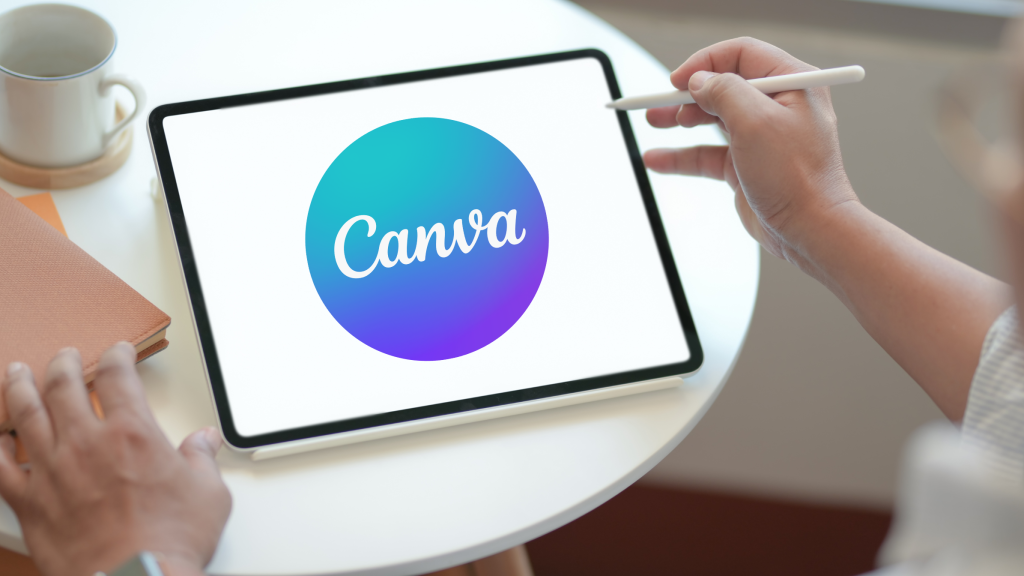Visual brand identity is essential to establishing a strong brand presence and standing out in a crowded market. A cohesive visual identity across all platforms, especially on social media, can build trust and credibility with customers, as it shows that you take your brand seriously and have invested in its presentation.
Social media has become an integral part of marketing strategies for businesses of all sizes. While creating compelling content is essential, the look and feel of your content is just as important as the message you’re trying to convey. In fact, statistics show that the earlier you invest time in quality branding, the sooner you will see success in differentiating your brand from competitors and conveying your brand’s personality and values.
That’s where Canva comes in. Canva is a design platform that allows anyone to create professional-looking graphics, including brand templates specifically designed for social media, even if you have little to no design experience.
Research has shown that humans are visual creatures, processing visual information much faster than text. According to a study by HubSpot, 90% of information transmitted to the brain is visual, and visuals are processed 60,000 times faster in the brain than text. HubSpot also prove that consistent brand presentation across all platforms increases revenue by up to 23%. Another study by Venngage found that using custom branded visuals in social media posts can increase engagement by up to 650%. This emphasizes the importance of creating visually appealing content can have a significant impact on engagement rates.
How to create your brand templates in Canva
- Upload your Brand Kit: Open Canva and select the “Brand Hub” tab to add your brand’s colours, fonts, logos, and other design elements. This will serve as a guide to ensure that all your templates reflect your brand’s style consistently across all of your content.
- Choose a template type: Canva offers a variety of template types, including social media posts, presentations, business cards, and flyers. Choose the type that best suits your brand’s needs and the type of content you plan to create.
- Add elements: Use the easy-to-use drag and drop interface to add Canva’s wide range of design elements, such as text, images, shapes, and icons, to your design. To add an element, simply drag and drop it onto the canvas.
- Keep it simple: Your templates should be easy to use and adapt to different types of content. Avoid cluttering your templates with too many design elements or text blocks. Keep it simple and focus on the essentials.
- Use grids and guides: Canva provides grids and guides to help you align your design elements and create a more visually pleasing template. Use them to ensure that your templates are well-balanced and easy to read.
- Save and share: Once you’re happy with your design, you can save it and share it with others. Canva allows you to download your design as an image or PDF, or share it directly to social media or via a link.
- Test and refine: Once you’ve created your templates, test them out to see how they work in practice. Make any necessary adjustments based on feedback from your team or audience.
In conclusion, the look and feel of your social media content can have a significant impact on engagement rates and brand recognition. Utilising Canva by building templates designed specifically for social media, you can create a cohesive visual identity, increase brand awareness, and make a lasting impression with your audience. So don’t overlook the importance of aesthetics in your social media marketing strategy – it could be the key to unlocking your brand’s potential.
Opinion piece by Laura Jackson – Account Manager at Air Marketing







